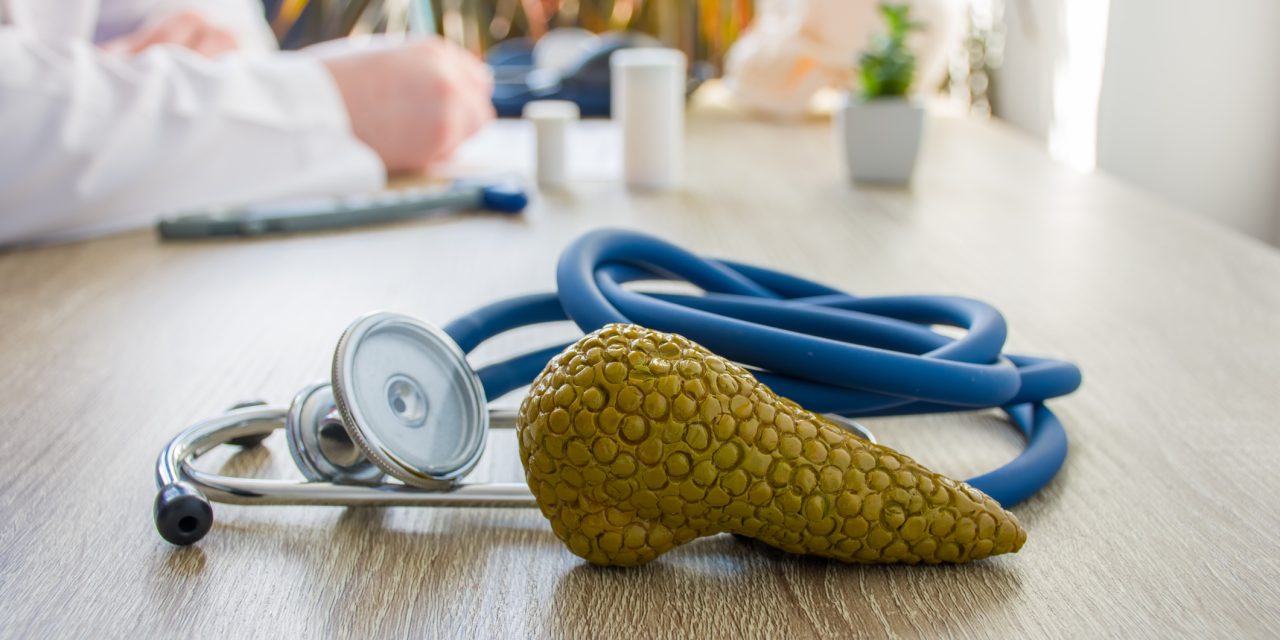Shaw, Snigdha, Himashree Gidugu, Gopinath Bhaumik, Maramreddy Prasanna Kumar Reddy, Usha Panjwani, and Dishari Ghosh. Anti-Mullerian hormone and macrophage migration inhibitory factor determine the reproductive health of Ladakhi women residing at 3,500 m. 00:000-000, 2021. Reproductive health of Ladakhi high-altitude (HA) native females was investigated for the first time in this study. Available literature suggest that, female reproductive cycle and hormonal profile varies in different HA populations due to heterogeneity. Although these studies illustrate some progress on the role of HA hypoxia, it still leaves scope for evaluation of the remaining mechanisms involved in the maintenance of reproductive health in this contemporary population. Menstrual details, phasic variations in circulatory steroid hormones, and gonadotropins along with oxytocin in sea level (SL) and HA (∼3,500 m) native females of India were assessed. Moreover, ovarian reserve marker anti-Mullerian hormone (AMH) and proinflammatory cytokine macrophage migration inhibitory factor (MIF) were measured. A difference in Ladakhi women was registered compared to SL, regarding luteinizing hormone (LH) (2.6 mIU/ml vs. 4.4 mIU/ml, < 0.05) and progesterone (P) (4.1 ng/ml vs. 9.4 ng/ml, < 0.05) levels in their luteal phase. Reduced LH might contribute to poor development of the ovarian corpus luteum, subsequently diminish P level. Decreased AMH level in three age groups: 21-30 years (1.4 ng/ml vs. 3.2 ng/ml, < 0.01), 31-40 years (0.6 ng/ml vs. 2.1 ng/ml, 40 years (0.4 ng/ml vs. 1.7 ng/ml, < 0.01) of Ladakhi women were recorded than their SL counterpart. Elevated oxytocin (83.5 ng/ml vs. 76.3 ng/ml, < 0.05) and MIF levels (70.2 ng/ml vs. 49.7 ng/ml, < 0.01) along with low P and AMH levels delineated the reason for recorded early menopause (43.9 years), shorter reproductive span (∼29 years), and history of miscarriage in HA dwellers compared to SL. Therefore, the findings insinuated that the response of the reproductive system to hypoxia in Ladakhi women differs from SL women, and the adaptive response in these women might be in favor of their reproductive health.
Anti-Mullerian Hormone and Macrophage Migration Inhibitory Factor Determine the Reproductive Health of Ladakhi Women Residing at 3,500 m.


